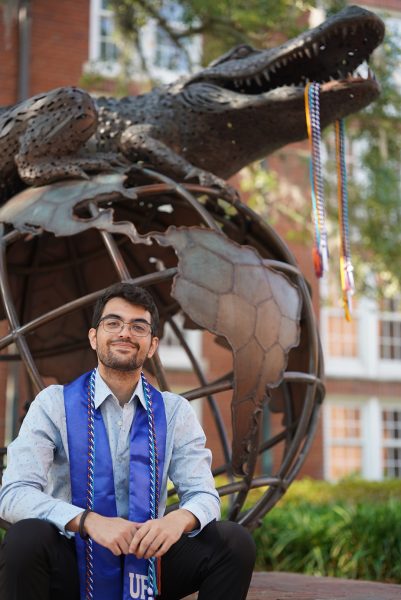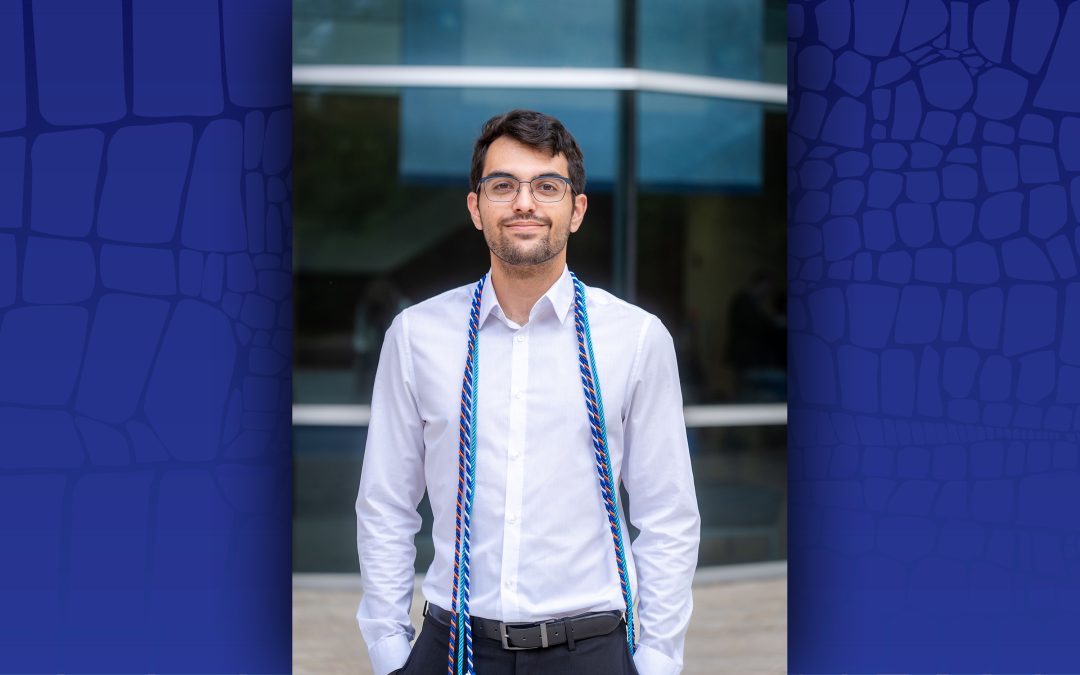Double-gator’s data science success: leading a Bank of America practicum
Nicholas Ros, a master’s student at the University of Florida Warrington College of Business, explains his practicum project working with Bank of America.
As a proud double-gator at the University of Florida Warrington College of Business, I have embraced both my undergraduate and graduate studies with great enthusiasm. With a foundation in engineering, I was confident in pivoting into a more business-oriented career. This incited me to join UF’s MS-ISOM program, where I am currently pursuing a master’s in data science.
Encouraged by the positive feedback from classmates about the practicum course, I saw it as an invaluable opportunity to gain vital industry experience.
For my practicum project, I had the privilege of working with Bank of America, a global financial institution centered on wealth management, banking, and trading. By fortunate coincidence, this opportunity was particularly exciting as it was my first choice, promising the challenge and growth I sought. I also aimed to gain insight into how such a large, nationwide company operates internally.
Our primary objective was to analyze banking data to identify clientele that were more likely to overlook the company’s digital channels, such as mobile applications and online websites, and instead use human service banking methods.

Working on the practicum project revealed many differences from academic work, particularly in tackling real-world challenges. In the corporate environment, identifying the nature of the issue is crucial. This required delving into customer behavior and creating multifaceted solutions to combat unforeseen complications. One of the biggest overarching challenges was the time frame we were given to work in. Collaborating with such a large, global company meant navigating a rigorous process to access sensitive client data, leaving us with only a few months to complete our objectives.
By the project’s conclusion, we developed a machinery model with 66 percent accuracy in predicting client usage of human service channels based on previous data. This enabled us to create diverse client profiles, conduct cross-data analyses, and propose cost-efficient outreach strategies. Our efforts had the potential to save Bank of America millions of dollars by the end of the year.
This experience highlighted the necessity of robust problem-solving abilities in navigating real-world scenarios. It also provided me with a profound understanding of the growing demand for data analytics, particularly in managing big data. The knowledge and skills I acquired from this practicum project have laid a solid foundation for my future success in the business world.




